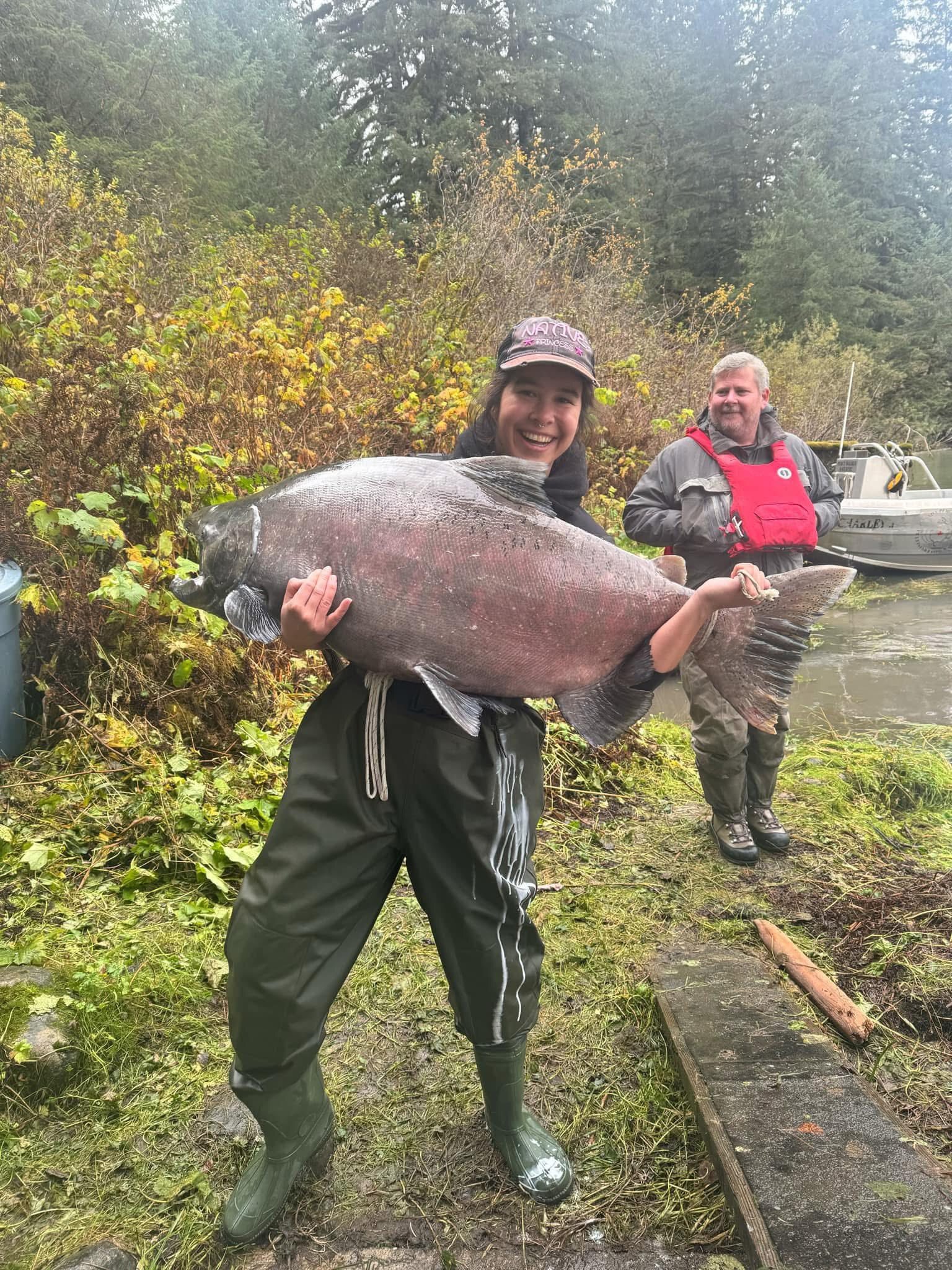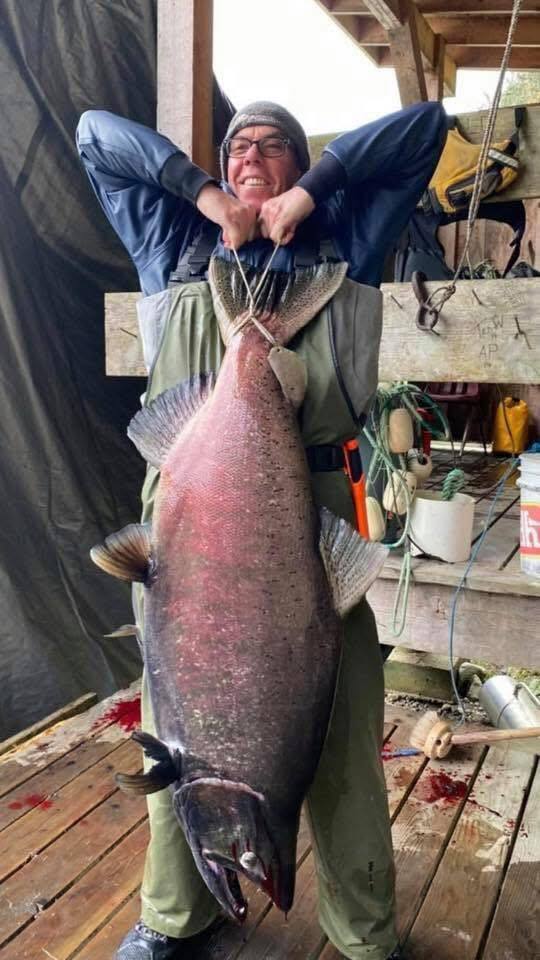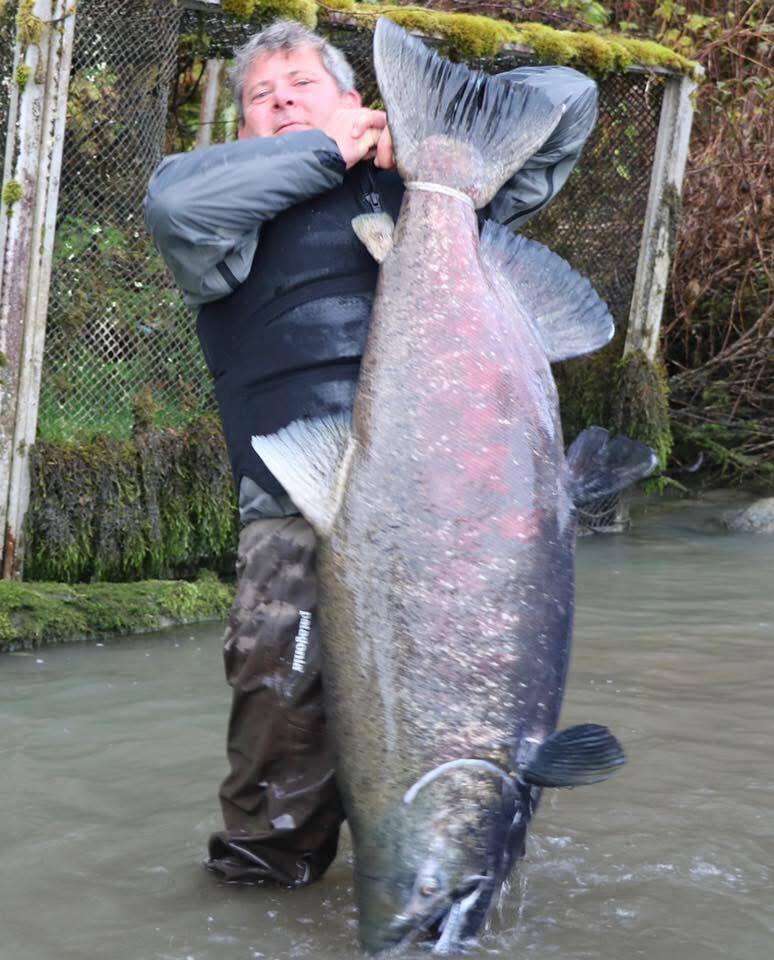
Editors Note: The following was an article posted in a Facebook Group, but its deserving of so much more attention. Instead of throwing away millions on testing programs that may or not bear any results. instead of burning millions of dollars in the name of reconciliation and pretending that some First Nations are much better at preserving salmon stocks, why not use applied science that already works. Buying reconciliation is simply put vote buying at the publics expence.
The Percy Walkus Fish Hatchery program in Rivers Inlet, British Columbia, is a shining example of how science and conservation can work together to preserve salmon runs. In this program, fish are carefully selected for genetically controlled spawning. Unlike natural spawning, which is subject to countless variables and often fails, the hatchery achieves nearly a 100% egg-to-milt fertilization rate, sometimes even exceeding target quotas. This controlled environment provides fish with the maximum chance of survival. By replicating the river’s exact water source and maintaining the perfect spawning temperature, hatcheries give salmon the best possible conditions to thrive. These efforts not only protect genetics but also ensure future opportunities for anglers—demonstrating why hatcheries are essential to the survival of our river ecosystems, despite continued opposition from certain “wild-only” conservation groups. The truth is that nearly 99.9% of the fish in rivers today carry some degree of hatchery-bred genetics. They reach spawning grounds, dig their redds, and appear wild, but most can be traced back to hatchery parents somewhere in their lineage. Genetically, hatchery-raised fish are a perfect match to their wild counterparts because they originate from the same rivers. The only difference is that hatcheries provide a controlled start, ensuring survival rates that the natural environment alone can no longer guarantee. This is especially critical when we consider fish of historic size. In Rivers Inlet, for example, some salmon already reach the 70-pound class by August. When paired with the genetics of the legendary 100-pound-class salmon of the past, hatchery programs can restore the true giants that once defined these waters. With careful breeding and management, there’s real hope that the future holds some of the largest salmon the world has ever seen. Contrast that with places like the Kenai River in Alaska, where no hatchery program exists. Once home to some of the greatest king salmon runs on Earth, the Kenai’s kings have declined to the point of being nearly nonexistent. Without hatchery support, the path to recovery is an uphill battle. Meanwhile, rivers supported by hatcheries along the West Coast—from Washington to British Columbia—are showing that hatchery programs not only maintain runs but actively prevent extinction. Some argue for the preservation of “truly wild” genetics. But the reality is, after decades of interbreeding, straying, and natural genetic blending, pure wild stocks no longer exist. Hatchery fish stray into wild rivers, mix on gravel redds, and become indistinguishable in lineage. Anglers catch clipped fish from specific hatcheries turning up in rivers where they technically don’t belong—proof that salmon don’t always return exclusively to their natal rivers. Over generations, this genetic overlap has erased the idea of purely wild runs. That’s why hatcheries are not just important—they’re the single most critical tool we have to preserve salmon and steelhead runs for the future. Without them, species like the Kenai River king salmon face the very real possibility of extinction. With them, we not only sustain fisheries but also hold the power to bring back the true giants of history. Written by: Anthony Rubeo Outdoors




Leave a Reply